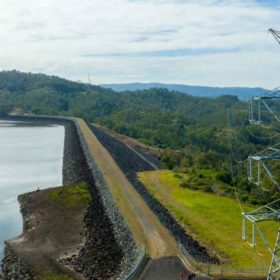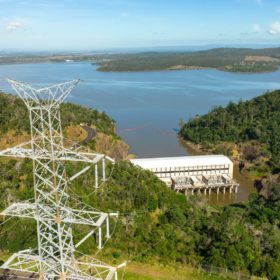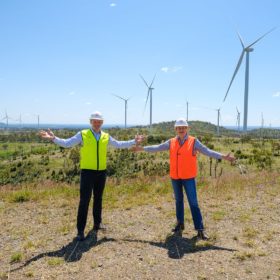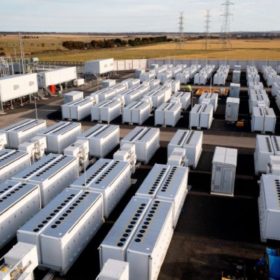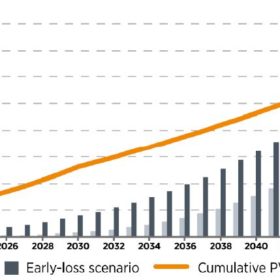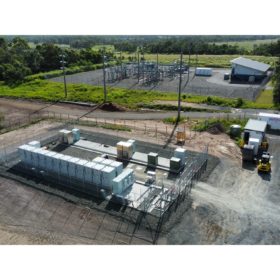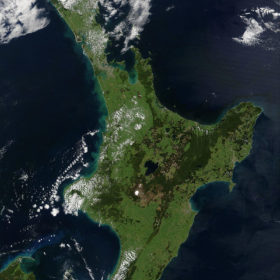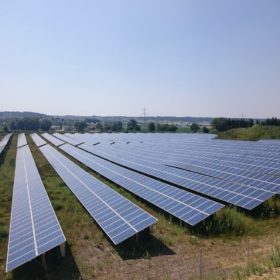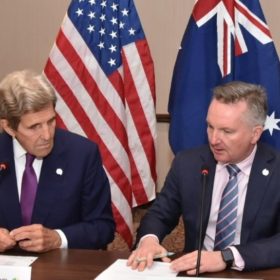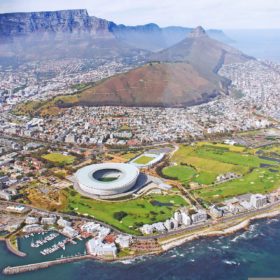Queensland warned more work needed to deliver energy transition
The release of Queensland’s $62 billion energy and jobs plan which would shift the state away from coal power by 2035 has been broadly welcomed but the resources sector has warned the government has plenty of work to do to attract the large-scale investment required to implement the strategy.
Queensland announces ‘biggest pumped hydro scheme in the world’
Queensland Premier Annastacia Palaszczuk has launched a $62 billion energy and jobs plan, which includes the biggest pumped hydro scheme in the world. The government is also planning to convert publicly owned coal-fired power stations into clean energy hubs from 2027.
Queensland targets 70% renewable energy by 2032
Queensland Premier Annastacia Palaszczuk has announced the state will now be targeting 70% renewable energy penetrations by 2032 – a significant increase in ambition and a teaser for “one of the biggest announcements our government has ever made” later today.
Victoria targets 6.3 GW of renewable storage by 2035
Victoria’s Labor government this morning announced it will target 2.6 GW of renewable energy storage capacity by 2030, and 6.3 GW by 2035.
IEA PVSP predicts high-cost, low-revenue scenario for solar recycling
A recent report by the International Energy Agency Photovoltaic Power Systems Programme (IEA PVSP) reviews the current regulatory and industrial landscape for end-of-life PV management in Germany, France, Italy, Spain, Japan, South Korea, China, Australia, and the United States.
Queensland charges ahead with big battery rollout
A new $8 million large-scale, network-connected battery at Tanby on Queensland’s Capricorn Coast is expected to help facilitate the continued integration of renewables, including rooftop solar PV, into the state’s energy system.
New Zealand fast tracks approvals process for 147 MW solar farm
British renewable energy firm Harmony Energy’s plan to develop a 147 MW solar farm on the North Island of New Zealand has been fast tracked with the country seeking to accelerate the roll out of renewable energy generation projects as it strives to reach net zero by 2050.
IRENA highlights solar critical to ASEAN energy transition
Indonesia will have to get to work installing more than 24 GW of solar this year – and every year – if the region is to achieve the 2.1 TW to 2.4 TW of photovoltaics the International Renewable Energy Agency has estimated it will require to achieve a net zero carbon energy system by 2050.
Australia backs new US deal to deliver billions in clean energy investments
The U.S. Department of State has suggested companies including Google, Unilever, and Amazon could invest billions of dollars in Australia’s renewable energy sector as a result of a newly inked clean energy initiative.
Cape Town tenders for solar in bid to escape dependence on troubled utility
The city authority wants a developer to construct a 7 MW solar project for it as part of a push to widen its sources of electricity, and says clean energy will be cheaper than – largely coal-fired – grid power from Eskom.
